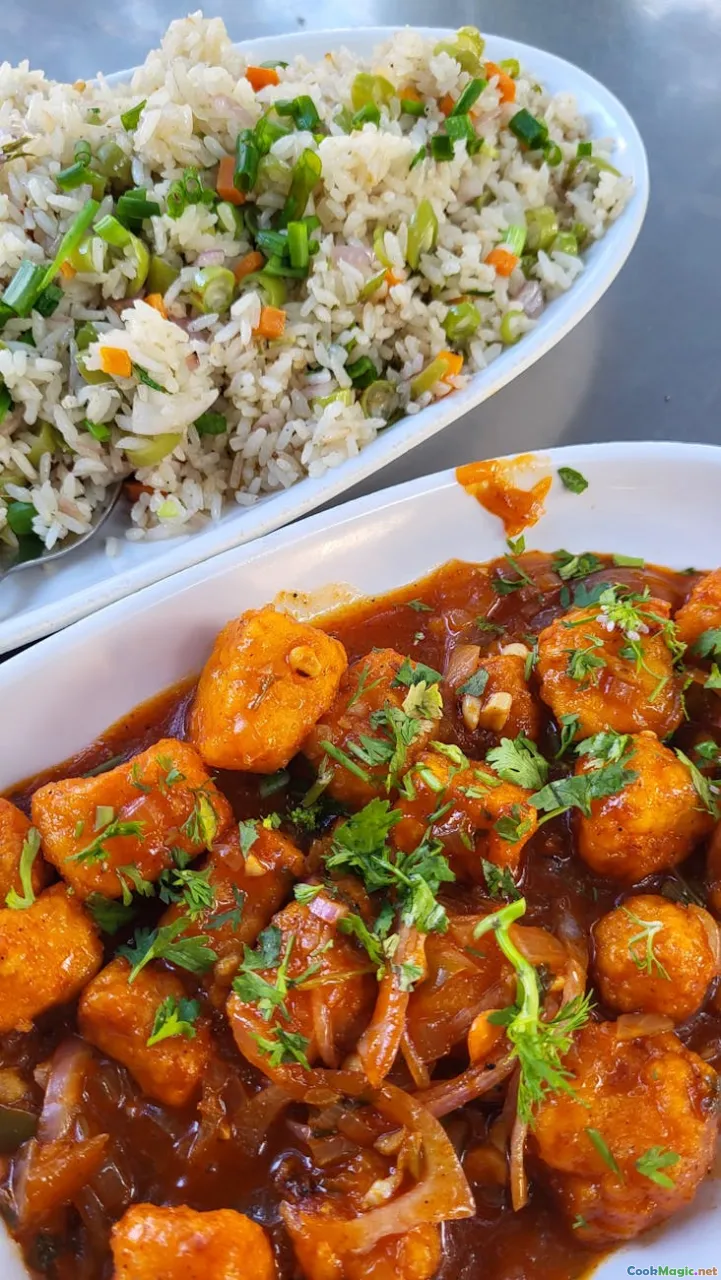Exploring the Flavors of Mongolia
8 min read Discover the rich, bold, and ancient flavors of Mongolia through its cuisine, culture, and culinary traditions that echo a nomadic heritage. April 28, 2025 19:55
Exploring the Flavors of Mongolia
Introduction: A Journey Into the Heart of Nomadic Flavors
Imagine a vast, windswept steppe stretching endlessly under a sky painted with the hues of dawn and dusk. Here, in the land of Genghis Khan and ancient nomads, food is not merely sustenance; it’s a reflection of millennia-old traditions, a testament to resilience, and a celebration of a lifestyle that has persisted through centuries. Mongolia’s cuisine, often overshadowed by its majestic landscapes and storied history, is a treasure trove of bold flavors, hearty textures, and cultural stories waiting to be uncovered.
The Cultural and Historical Tapestry of Mongolian Food
Mongolian cuisine is deeply rooted in the nomadic way of life. For centuries, herders roamed the plains, raising livestock that became the cornerstone of their diet. The scarcity of cultivated crops in the harsh climate fostered a culinary culture centered around meat, dairy, and preserved foods. This lifestyle demanded ingenuity—preserving meat through drying, fermenting, and smoking, ensuring sustenance during long winters and tough seasons.
The influence of neighboring civilizations—Chinese, Russian, Turkic, and Siberian—has woven itself into the fabric of Mongolian food, creating a cuisine that is both ancient and evolving. Yet, at its core, Mongolian food remains a celebration of simplicity, strength, and adaptability.
Sensory Journeys Through Traditional Dishes
Boodog: The Art of Cooking with Fire and Flesh
One of Mongolia’s most iconic and intriguing dishes is Boodog, a method of cooking entire goats or marmots from the inside out using hot stones. The animal is prepared cleanly, then stuffed with herbs and stones, and cooked from within, resulting in tender, smoky meat bursting with flavor. The aroma of roasted meat mingles with the earthiness of herbs, creating an experience that is both primal and celebratory, often reserved for special occasions.
Khuushuur: Crispy Delights of Minced Meat
Served as street food or at festivals, Khuushuur are deep-fried pockets of minced meat—usually beef or mutton—wrapped in a thin dough. The crispy exterior gives way to juicy, savory fillings infused with onions and spices, offering a satisfying crunch and a burst of flavor with every bite. They’re often enjoyed with a side of fermented milk or dairy products, emphasizing the dairy-rich palate of Mongolian cuisine.
Airag: Fermented Milk Sparkling with Tradition
No exploration of Mongolian flavors is complete without tasting Airag, fermented mare’s milk. Slightly sour, effervescent, and mildly alcoholic, Airag is a staple at festivals and social gatherings. Drinking Airag is an immersive cultural experience—its tangy aroma and fizzy mouthfeel evoke the vastness of the steppe and the resilience of the Mongolian people.
Buuz: Steamed Dumplings of Comfort
Buuz are steamed dumplings filled with seasoned meat, often served during lunar festivals and New Year celebrations. The dough is soft yet sturdy, and the filling is aromatic, often flavored with garlic, onions, and cumin. The act of preparing and sharing Buuz embodies community and tradition, connecting generations through culinary practice.
The Role of Dairy and Fermentation
Mongolian cuisine’s dairy products are as vital as its meat dishes. From Aaruul(dried curd cheese) toTarag(clotted cream), dairy is transformed into a variety of textures and flavors that complement the hearty meats.Fermentation plays a crucial role, not only in making Airag but also in creating products like kumis and fermented mare’s milk, which develop complex flavors and help preserve nutrients. These traditional methods showcase the ingenuity of Mongolian herders, turning simple milk into a treasure trove of flavors.
Food in Mongolian Society: More Than Nutrition
In Mongolia, food is intertwined with social bonds and rituals. Celebrations often revolve around meat dishes, and sharing food signifies hospitality and community. The Naadam Festival, for instance, features communal feasts where large quantities of meat and dairy are shared among friends, family, and visitors.
The nomadic lifestyle also influences the way food is stored and prepared. During the winter, dried and cured meats are staples, stored in gers (yurts) or underground cellars, ready to nourish families through severe cold.
Personal Insights and Reflections
Traveling through Mongolia, I was struck by the profound connection between food and survival here. The flavors are bold, straightforward, yet deeply layered with history and culture. Tasting Airag while watching herders tend to their horses, or biting into a hot Khuushuur during a cold winter festival, I felt an intimate link to the land and its people.
One of the most memorable moments was sharing a meal of Buuz in a ger, with a family who invited me to their home. The warmth of their hospitality was matched only by the comforting taste of the dumplings—simple ingredients elevated through tradition.
Modern Twists and the Future of Mongolian Cuisine
Today, Mongolian chefs are blending traditional flavors with contemporary culinary techniques, creating dishes that honor heritage while appealing to global palates. Urban restaurants feature fusion dishes incorporating local meats, dairy, and even international ingredients, all while preserving the soul of Mongolian food.
At the same time, efforts are underway to promote sustainable practices, ensuring that nomadic herding and food traditions endure amidst modernization and climate challenges.
Conclusion: Embracing the Spirit of Mongolia Through Its Flavors
Exploring Mongolia’s culinary landscape reveals more than just a collection of dishes; it offers a window into a resilient, proud, and deeply connected culture. From the smoky aroma of Boodog to the lively fizz of Airag, each flavor tells a story of survival, community, and reverence for the land.
For food enthusiasts and cultural explorers alike, Mongolian cuisine is a testament to the enduring spirit of its people—a vibrant, savory symphony played out on the expansive canvas of the steppe. So next time you seek adventure on your plate, remember Mongolia’s flavors, and let them inspire your culinary journey.









